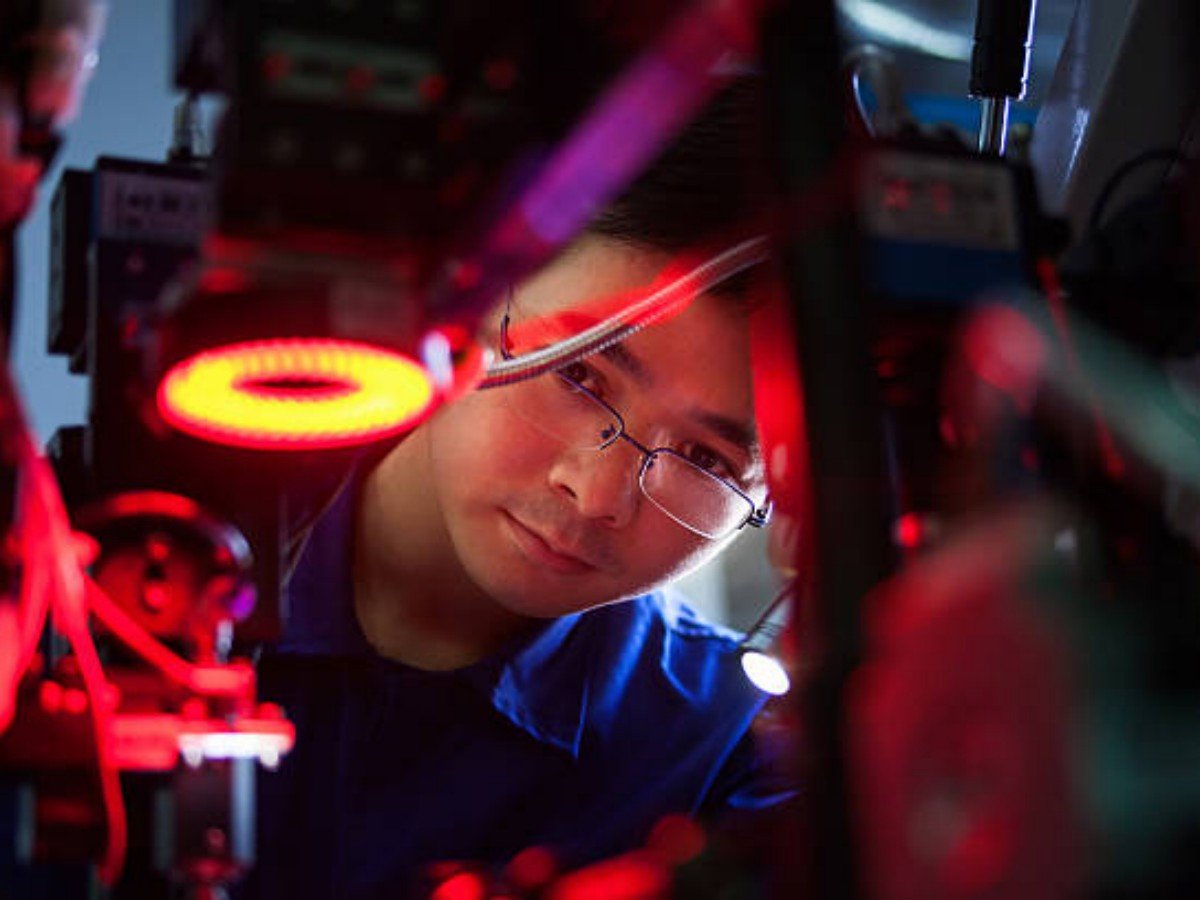Introduction
automatic straightening machines are advanced tools used in various industries for precision straightening of different materials. These machines offer numerous benefits and are essential for achieving accurate results in manufacturing processes. In this article, we will explore the key advantages of using an automatic straightening machine and how they contribute to improved productivity and quality control.
1. Increased Efficiency and Productivity
One of the primary benefits of using an automatic straightening machine is the significant increase in efficiency and productivity. These machines are designed to straighten materials quickly and precisely, reducing the time required for manual straightening. With automated processes, operators can handle larger volumes of work in a shorter period, leading to improved productivity and overall efficiency in manufacturing operations.
2. Enhanced Precision and Accuracy
An automatic straightening machine utilizes advanced technologies and precise control systems to ensure accurate straightening of materials. These machines can straighten various types of materials with high precision, achieving consistent results every time. By eliminating human error and providing precise adjustments, an automatic straightening machine guarantees the desired outcomes, meeting strict quality control standards.
3. Versatility in Straightening Various Materials
Automatic straightening machines are highly versatile and can handle a wide range of materials. Whether it is metal bars, tubes, wires, or other components, these machines can effectively straighten them with ease. The ability to accommodate different materials makes automatic straightening machines suitable for various industries, including automotive, aerospace, construction, and more.
4. Reduction in Material Waste
Manual straightening processes often result in material waste due to errors or imprecise adjustments. Automatic straightening machines minimize material waste by ensuring accurate straightening and reducing the need for rework. This not only saves valuable resources but also reduces costs associated with material replacement, contributing to a more sustainable and cost-effective manufacturing process.
5. Improved Worker Safety
Using an automatic straightening machine improves worker safety by minimizing the physical strain and potential hazards associated with manual straightening. These machines are designed to handle the straightening process automatically, reducing the need for operators to exert excessive force or be in close proximity to the machinery. By reducing the risk of injury, companies can create a safer work environment for their employees.
6. Cost Savings in the Long Run
Although the initial investment in an automatic straightening machine may seem significant, it offers long-term cost savings. By increasing productivity, reducing material waste, and minimizing rework, companies can optimize their manufacturing processes and save on operational costs. Additionally, the improved accuracy of automatic straightening machines helps avoid costly errors and ensures consistent quality, further contributing to long-term cost savings.
7. Integration with Automation Systems
Automatic straightening machines can be seamlessly integrated into existing automation systems, enhancing overall production processes. These machines can be connected to computerized control systems and programmed to work in coordination with other machinery. Integration with automation systems allows for seamless material flow, synchronized operations, and real-time monitoring, optimizing the manufacturing workflow.
8. Easy Operation and Maintenance
Despite their advanced capabilities, automatic straightening machines are designed for easy operation and maintenance. Operators can quickly learn how to operate the machine, and regular maintenance tasks can be performed without significant technical expertise. This ease of use and maintenance ensures minimal downtime and enables companies to maximize the machine's utilization.
9. Quality Control and Traceability
Automatic straightening machines play a crucial role in quality control and traceability. These machines can be equipped with sensors and monitoring systems that provide real-time data on the straightening process. This data can be recorded and analyzed, allowing companies to maintain strict quality control standards, identify any deviations, and ensure traceability throughout the manufacturing process.
10. Future Advancements in Automatic Straightening Machines
The field of automatic straightening machines continues to evolve, with ongoing advancements in technology and capabilities. Future developments may include enhanced artificial intelligence integration, improved material handling systems, and increased automation for complex straightening tasks. These advancements will further enhance the efficiency, accuracy, and versatility of automatic straightening machines, benefiting various industries.

